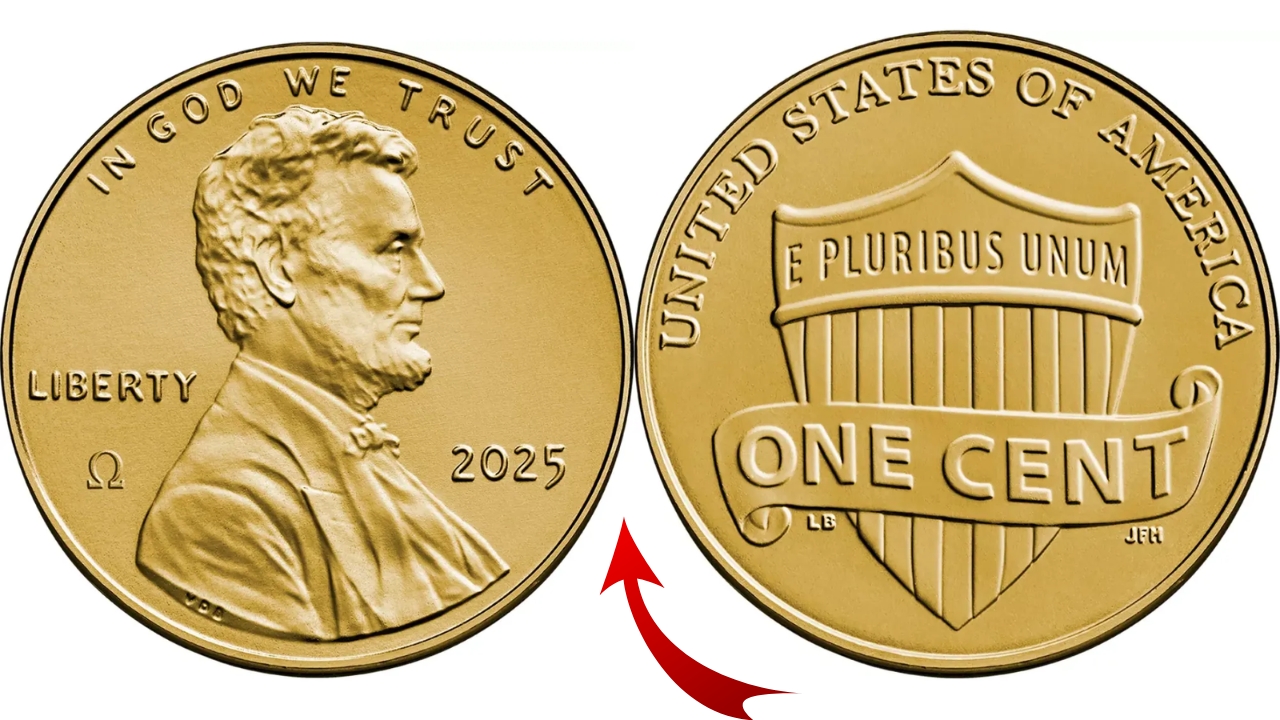After more than two centuries, the US Mint officially ended penny production on November 12, 2025. The final batch of pennies, minted to commemorate the 232-year history of the one-cent coin, is set to be auctioned by the US Mint in partnership with Stack’s Bowers Galleries. These rare “Omega” pennies, specially marked and produced in extremely limited quantities, could fetch record prices at auction, with estimates ranging from $1 million up to $5 million per coin or set.
Historical and Economic Context
-
The US penny was first minted in 1793 and has remained a staple of American currency for over two centuries.
-
Increasing manufacturing costs due to rising copper and metal prices, along with inflation, have made penny production financially unsustainable — costing the US more than three cents to produce a single penny by 2024.
-
Despite efforts to phase out the coin, it remained in circulation due to legislative inertia and cultural attachment until this historic final minting.
Details About the Last Pennies
-
The “Omega” pennies bear a unique “Ω” privy mark and were produced in low mintages at the Philadelphia and Denver Mints as part of the retirement series.
-
Each auction lot includes a set of three coins: a 2025 Philadelphia penny, a 2025 Denver penny, and a 24-karat gold version sealed in a wooden case with the original die casts used for production.
-
Only 232 such sets will be available, symbolic of the 232 years of penny production.
Auction Expectations and Collector Interest
-
Live bidding is scheduled to begin in December 2025. Due to their rarity and cultural significance, many collectors anticipate fierce competition.
-
Experts suggest these sets could sell for as much as $5 million, though some argue the true market value may settle at lower but still impressive seven-figure amounts.
-
The coins are regarded as a modern rarity, designed for collectors from the outset and expected to be highly sought after by enthusiasts worldwide.
Why These Pennies Are So Valuable
-
Unlike aged rare coins that have survived a century or more, the Omega pennies are uniquely rare due to their intentional limited production and special markings.
-
Their value stems from being the last ever minted, cultural iconography, and the public’s nostalgic attachment to the penny’s retirement.
-
Ownership represents a piece of American monetary history, bridging the colonial era through contemporary times.
Broader Implications
-
The proceeds from the auction will support US Mint operations, with any excess funds allocated to the US Treasury.
-
The phase-out of the penny reflects shifting economic realities and the increasing use of digital and electronic payment systems.
-
This event marks the end of an era but also creates a new category of collectible modern coins with potentially record-setting values.
Summary Table: US Mint “Omega” Pennies Auction Highlights
| Feature | Details |
|---|---|
| Coin Name | Omega Privy Mark Lincoln Cent Pennies |
| Mint Year | 2025 (Final year of penny production) |
| Special Marking | “Ω” Omega privilege mark |
| Number Produced | 232 sets |
| Components in Each Set | Philadelphia penny, Denver penny, 24K gold coin, original die casts |
| Expected Auction Price | $1 million to $5 million per set |
| Historical Significance | Last US pennies minted after 232 years |
Q1: Why are the last pennies worth so much?
They are the final minted pennies, produced in very limited quantity with special markings, creating a unique modern rarity.
Q2: When will these pennies be auctioned?
Auctions are scheduled to begin in December 2025.
Q3: What happens to the proceeds from the auction?
Proceeds will fund US Mint operations and excess funds will go to the US Treasury.

